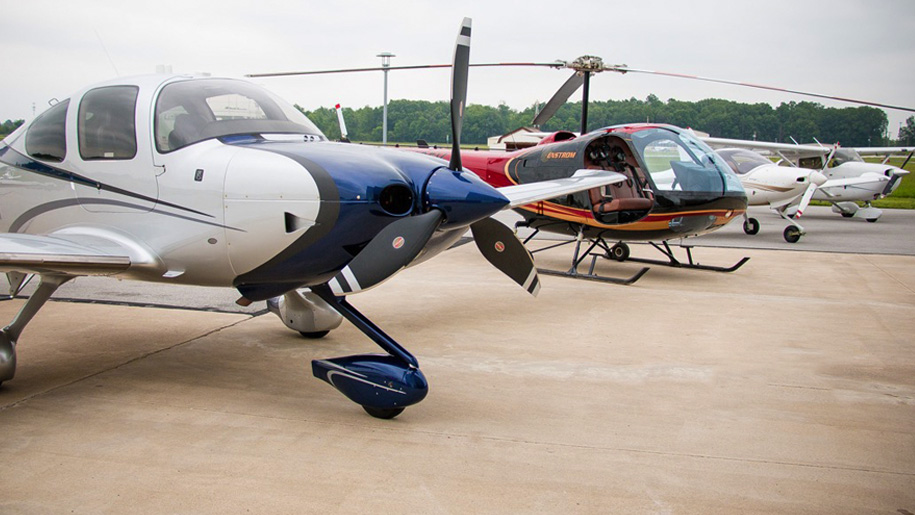

Aircraft Uses as Defined by Insurance Policies
Aircraft are some of the most versatile machines ever created by man. In fact, people probably don’t realize the true extent to which they are involved in our everyday lives. The most obvious examples are airliners flying overhead, but don’t forget the EMS helicopter saving a life, the Air Tractor spraying crops, the unmanned aerial vehicle (UAV) surveying a disaster area, or the air crane placing a spire on a skyscraper — not to mention all the military applications. Aircraft are a vital part of our economy, and that versatility lends itself to a variety of applications. From an insurance perspective, some uses are more common than others, so here are a few of them as defined within an insurance policy:
- Instruction/Rental: This is the standard use for all flight schools and any aircraft used for primary flight instruction. If this use is on your policy, you’re permitted to offer instruction to anyone from zero-time students to add-on ratings for higher-time pilots. The key here is the rental aspect. Often there will be a secondary pilot clause strictly for renters. A renter can be anyone from a student taking the first solo to a high-time pilot wanting to take a joy ride. The important thing to remember is that the aircraft can only be rented for a pilot’s pleasure use. It cannot be rented for commercial use. If the intent is to use a non-owned aircraft in a commercial application, it would have to be handled through a lease, which would come with its own insurance requirements.
- Tours/Sightseeing: The aerial tourism/sightseeing industry is a significant moneymaker for aircraft operators. With so many festivals, air shows, fly-ins, charity events, architectural attractions, and more, it’s no wonder many pilots take their aircraft around the country offering rides. The important thing here is to understand what “sightseeing” is as defined in the policy. Most policies define sightseeing as a nonstop flight with passengers for which a charge is made; the flight must begin and end at the same location and be conducted within a 25-mile radius of that location. In simpler terms, Point A to Point A travel. Why are these stipulations important? With paying passengers onboard, any multi-stop flight or flight ending at a different location would be considered a charter flight. Without a Part 135 certificate, that would technically be an illegal flight. An illegal flight would therefore void your insurance coverage.
- Dual Instruction: Not to be confused with instruction/rental, dual instruction is designed to cover training for pilots who are already certificated. This would include add-on ratings, checkouts, recurrent training, instrument proficiency checks, and the like. This does not include primary student instruction nor does it allow for rental to third parties. Because of this, as you might imagine, the rate isn’t as high as the rate for instruction/rental.
